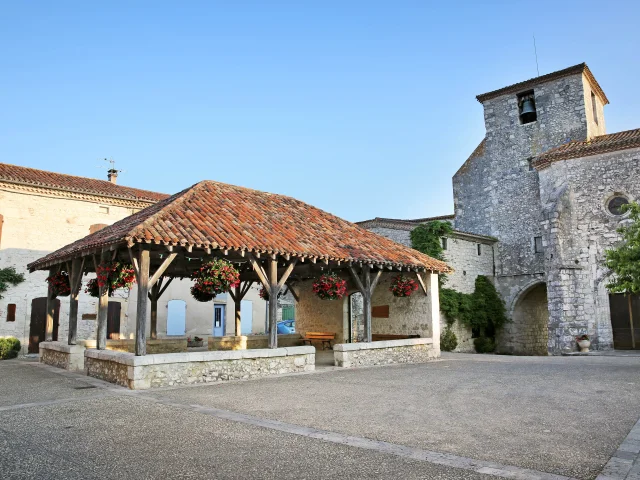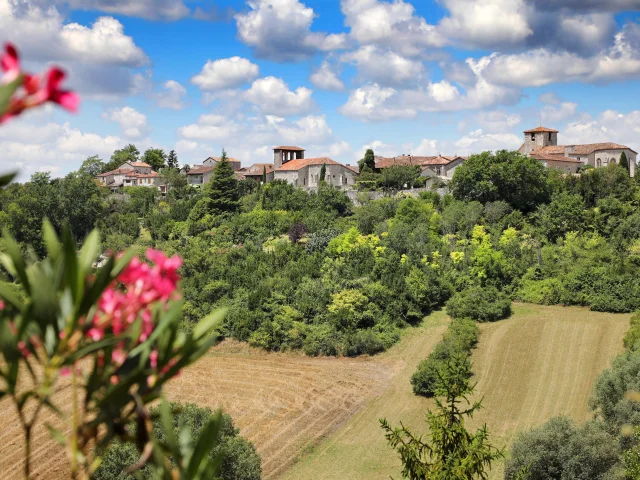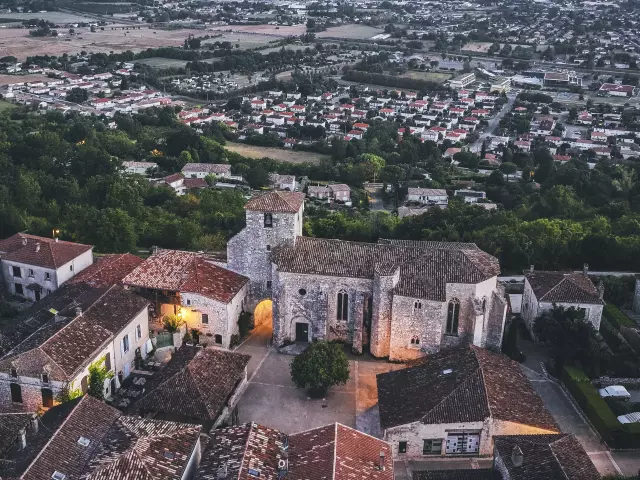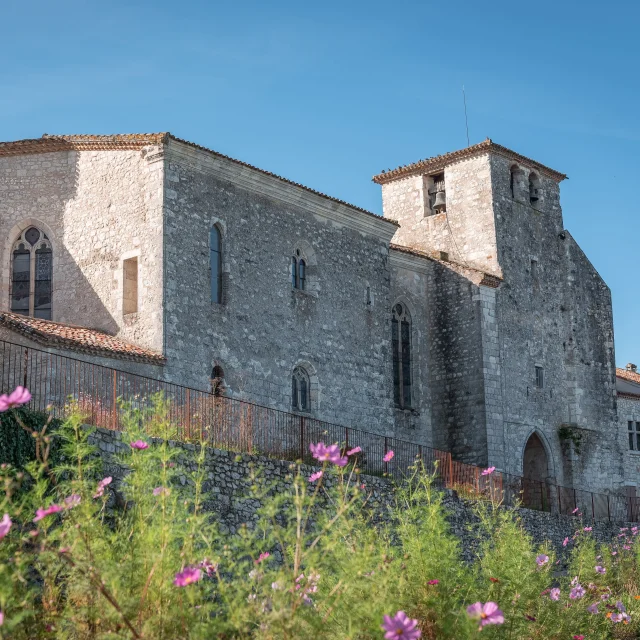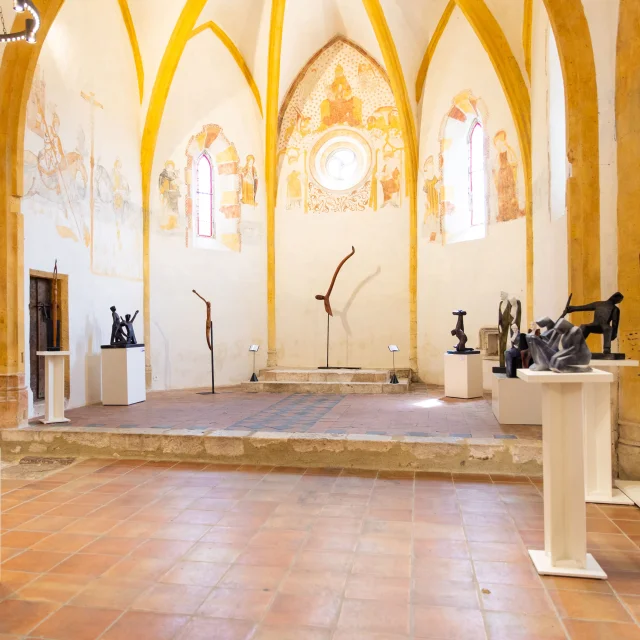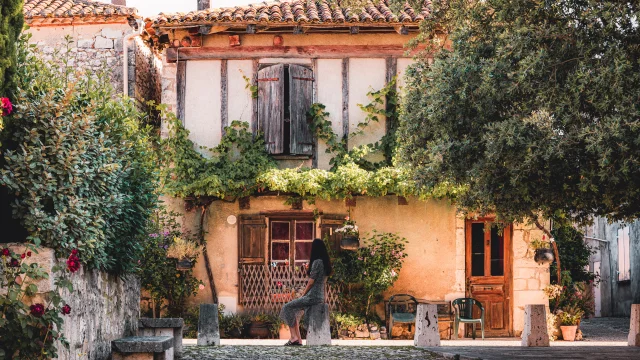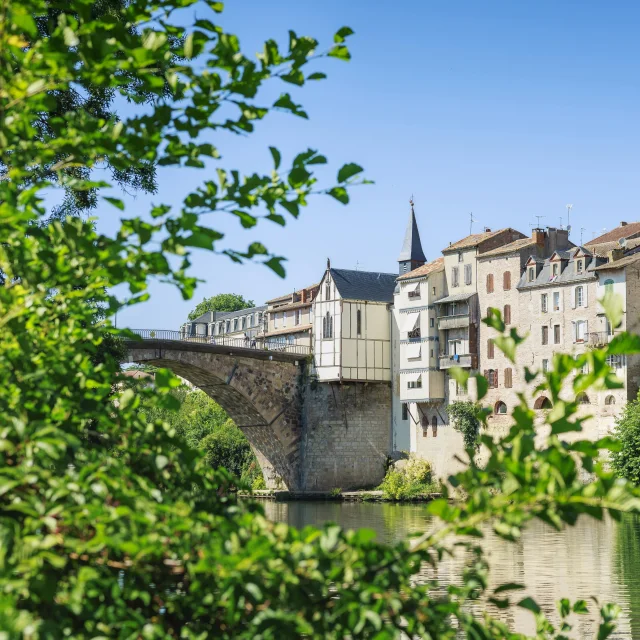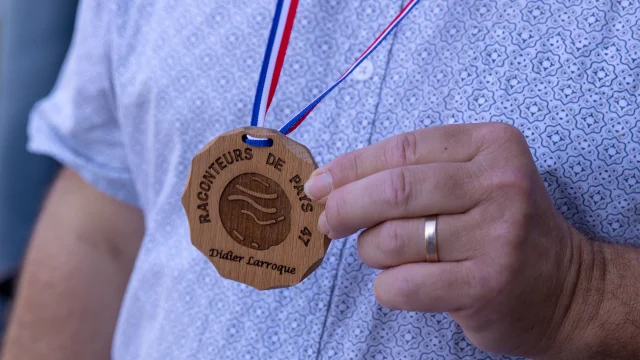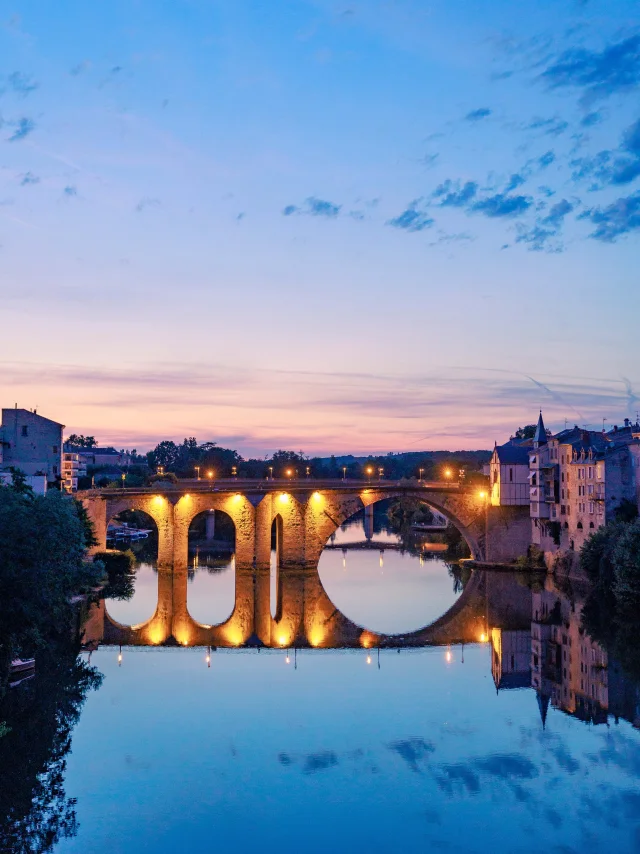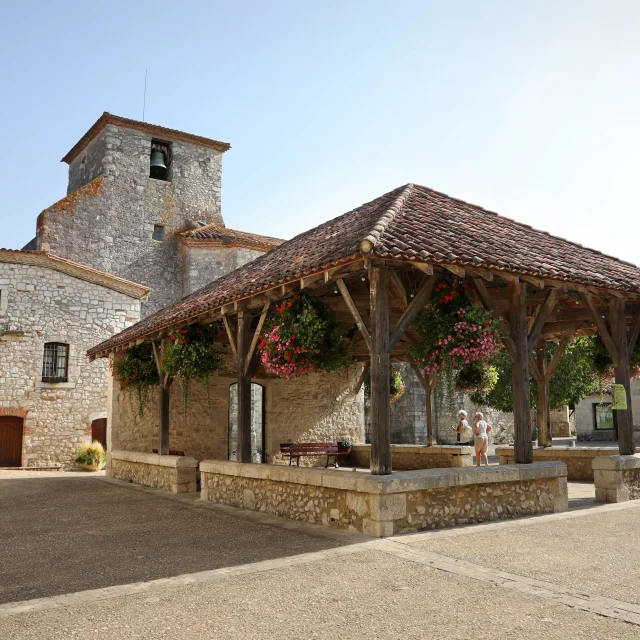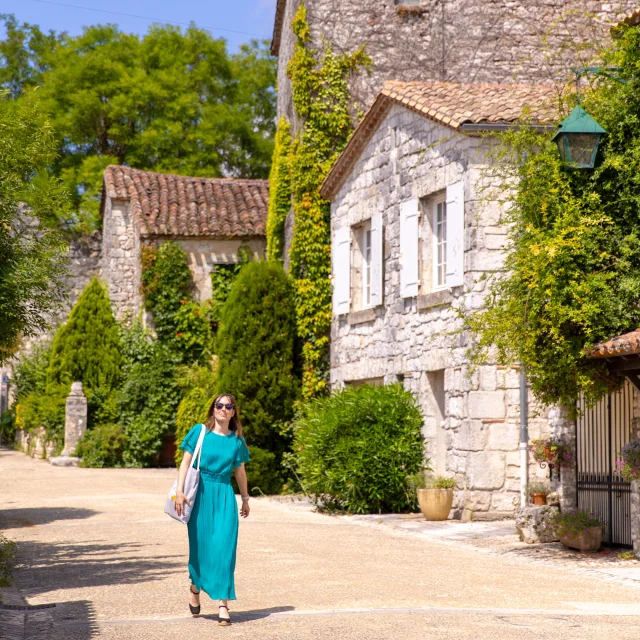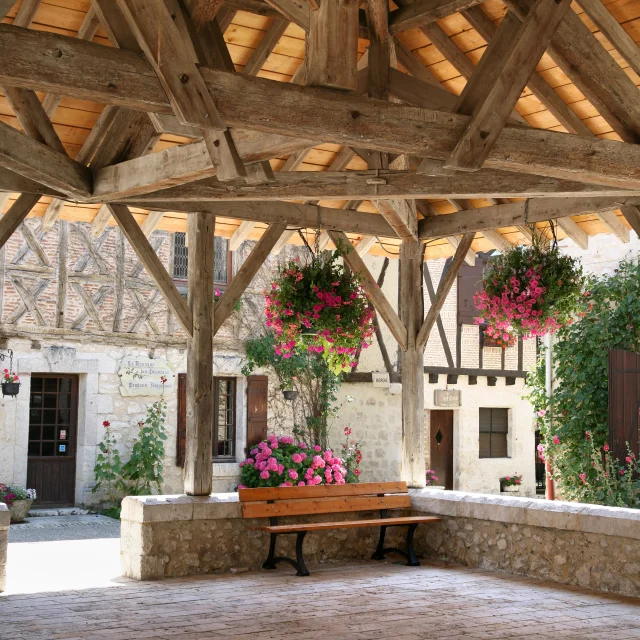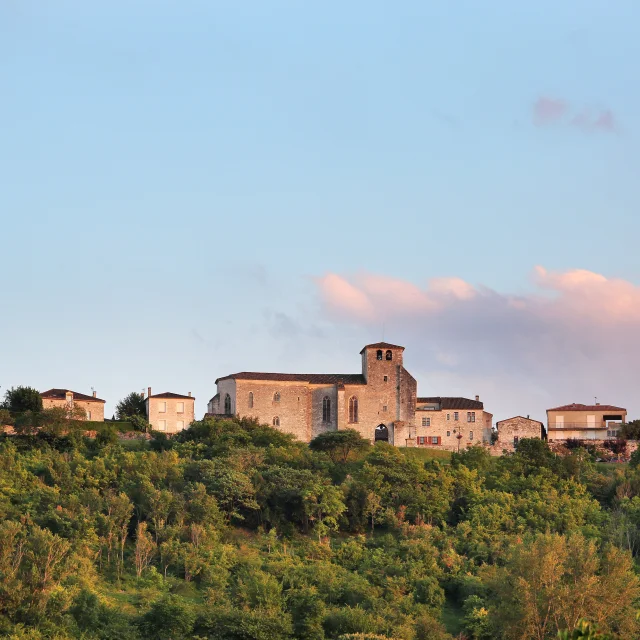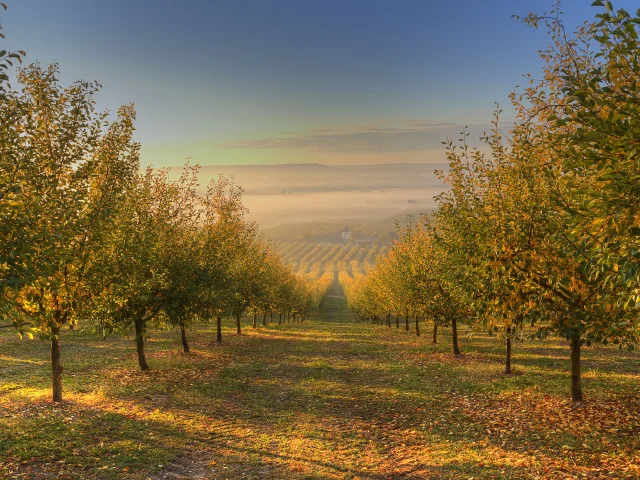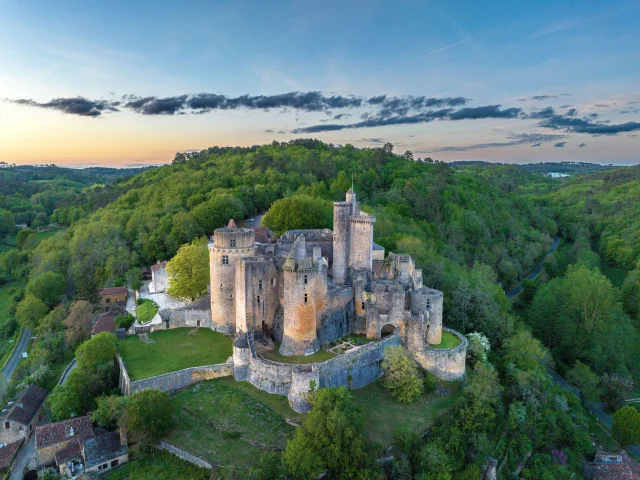The natural location of Pujols has favoured human settlement since Gallo-Roman times. From the 12th century onwards, Pujols was a strategic fortified site. During the crusade against the Albigensians, the stronghold was ruined. After the Hundred Years’ War (1337-1453), a new period of reconstruction began, with some of the village’s buildings still standing today.
A little nugget perched at an altitude of over 180 metres, the village of Pujols offers a unique panorama of the Lot Valley to the north and the more discreet Mail Valley to the south.
This village of character, listed as one of the “Most Beautiful Villages in France” since 1995, will win you over with its narrow streets, churches and timber-framed houses. Everything here has remained authentic, to your delight.
The summer gourmet market is a must for those who want to sample delicious local produce in a friendly atmosphere and admire the sumptuous sunsets over the valley, or discover Villeneuve by night!

